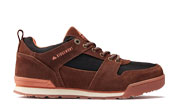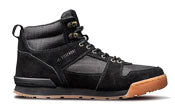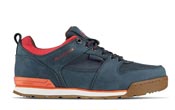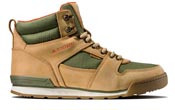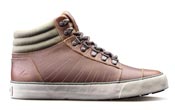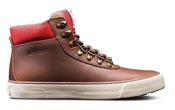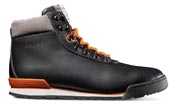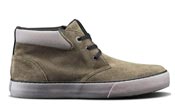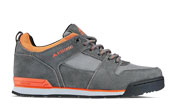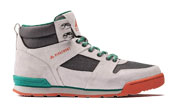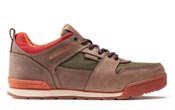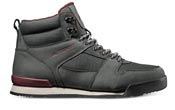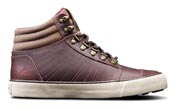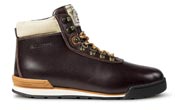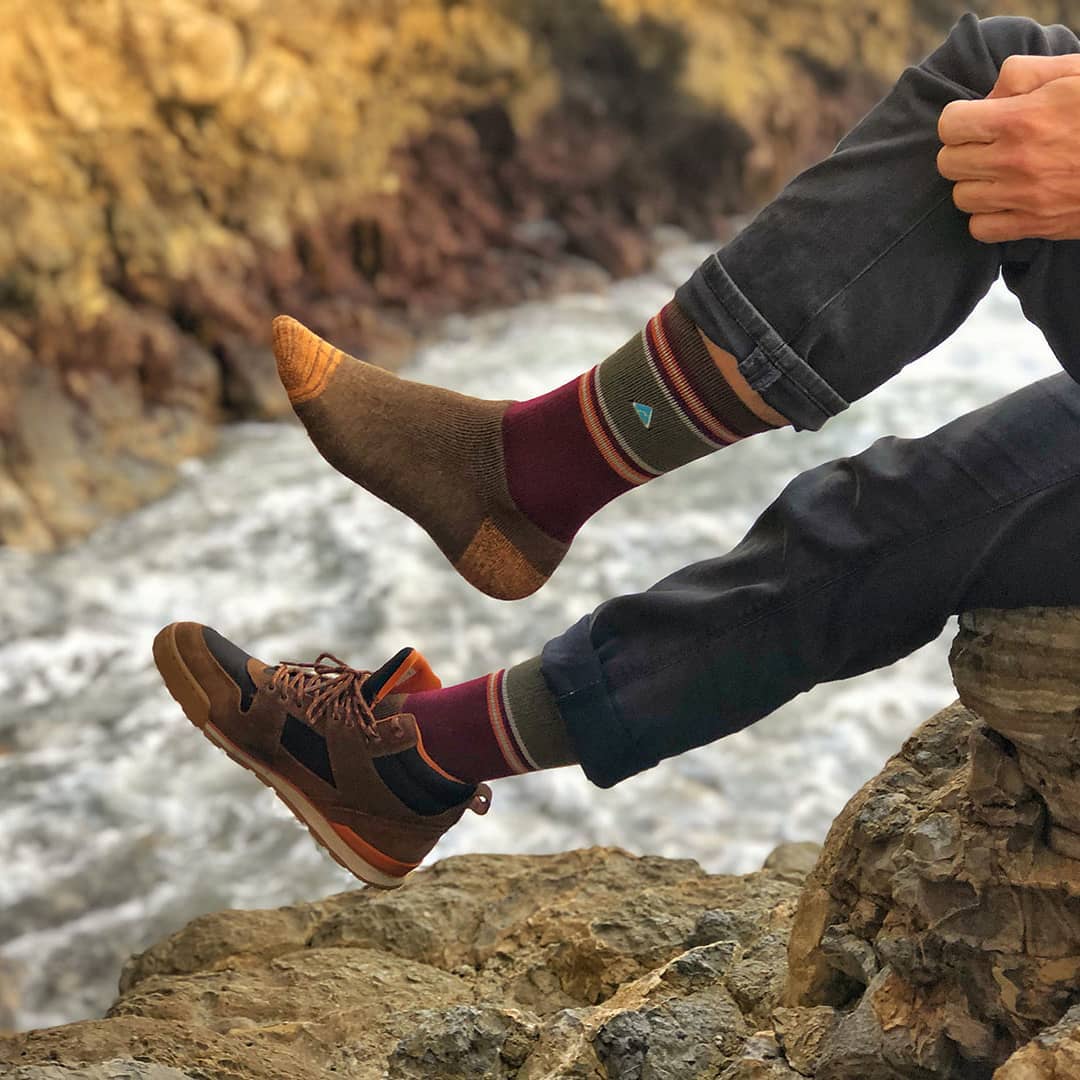Choosing a hiking boot that is perfect for you is not as easy as just going into your local sporting goods store and picking out a pair that’s appealing to the eye. When you choose a pair of hiking boots that will keep your feet comfortable on your endeavors, there are a number of factors which you need to keep in mind.
In this article, we will take a look at these considerations and unpack them so that the next time that you are in the market for a new pair of the best hiking boots, you know what to buy.
What do you need hiking boots for?
There are a good number of motivations why people decide to buy hiking boots. Hiking boot buyers range from:
- Avid hikers - and need a boot to keep them comfortable over a week-long hike –
- Casual hikers- those who need day hiking boots
- Preference boot buyers - those who need hiking shoes because they provide a better grip than sneakers do.
Let’s take a look at what type of hiking boot you’ll need if you are into trail hiking, rough trails, off-trail hiking or if you just want a pair of snazzy hiking shoes to wear on a coffee date.
Trail hiking
If you are looking for a hiking boot for your next trail hike, we recommend that you go for a low to mid-cut boot. Because the terrain might not be that rough, there won’t be as many obstacles that you need to protect your feet and ankles from.
Choose hiking boots which have a combination of leather and fabric uppers. This makes the boot more breathable and lightweight.
Rough trails
If you prefer to hit the rougher trails, go for an ankle boot. Make sure that your boot is waterproof as, on rough trails, you will often find that you need to do water crossings or dress appropriately, if the weather will be rainy.
In terms of uppers, we recommend that you go for a combination of split-grain leather and fabric.
Off trail hiking
If you are an off-trail hiker, the best hiking boots for you will have full-grain leather uppers and above-ankle support. The hike that you go on will probably last a couple of days, so you need to make sure that your chosen footwear are backpacking boots to support the load you’ll be carrying.
Casual wear
If you are looking for a hiking boot to pair with your favourite pair of jeans or a pair of hiking shoes that you can wear for a stroll around town, you are spoilt for choice! As technical aspects are not really an issue, you are free to choose a pair of boots which tickles your fancy.
So, if you are looking for a denim-inspired pair, or fancy a pair of suede-inspired boots, you are sure to find the best pair of hiking boots for you with us.
Types of Hiking Boots
When you walk into your favourite outdoor store or your local sporting goods store, you may probably find that you are overwhelmed with all the types of hiking boots that are available.
Don't worry!
Knowing what you want to use them for will help you to choose between the two styles.
Low cut hiking shoes
If you are looking for a shoe which is in the same category as a sneaker but has better grip, then a low-cut hiking shoe is the way to go. As it does not come far up your ankle, it’s not as supportive as a hiking boot and allows for more flexibility. So, extra grip- check! Easy to wear- check!
Mid cut hiking boots
If you are looking for day hiking boots or backpacking boots, you cannot go wrong with a pair of mid-cut hiking boots. The reason for this is that, on a hike, there are bound to be unforeseen obstacles that you could trip over and potentially injure your ankles. So, even if the unforeseen does happen, and you do fall, wearing a pair of mid-cut hiking boots will make sure that your ankles are protected. Along with their other features of extra grip, support and breathability, mid cut boots are the way to go for avid hiker hustlers.
Best material for hiking boots
Hiking boots come in a variety of materials. The uppers of the boots will either be in synthetic fabric, leather and synthetic fabric or genuine leather. The material that you choose is extremely important, as this will have a huge effect on the boot’s level of waterproofness, durability, breathability as well as weight. Ensure that you have a good idea of what you want to use your boots for so you’re choosing a pair that has the right specs for you.
Leather
Hiking boots with leather uppers can be made of either full-grain or split-grain leather. These are extremely durable and are naturally waterproof. As they are durable, leather hiking boots provide an excellent amount of support, but bear in mind that they are heavier than boots made from other materials. This means that hikers who do not have much lower-body strength or newbie hikers may find wearing leather boots difficult.
Nubuck
Nubuck is a full-grain leather that’s buffed so that it has the appearance of suede. Boots made from nubuck are durable, water-resistant and provide a great amount of flexibility. This is important as the more flexible boots allow you to navigate tricky descents easily.
Waterproof liner
Boots which have waterproof liners – such as Gore-Tex – keep your feet dry when you are hiking in wet weather or are doing water crossings. These linings make hiking boots more flexible so they might wear faster than boots which do not have this feature. However, do not make the blunder of allowing this put you off from buying a pair with a waterproof liner as if your boots become wet, having such a liner will ensure that your feet stay dry and will make your hike much more pleasant, trust us.
Hiking boot features
To make sure that you get the absolute best out of your backpacking boots as well as your day hiking boots, have a look at the features below to see what characteristics you need in your particular pair of boots. Also, remember that you need to look for a pair in your price range as all the elements in the world are not worth anything if you cannot afford the boots.
Weight
As we have said, leather boots are much heavier than boots – which are made of synthetic fabrics – are. However, leather boots are much more durable than boots made from other fabrics. At Ridgemont, we use only the best full-grain cow leather that we source from European hides so you can be assured that the boots which you buy from us will last a lifetime. The leather that we use is between 2 and 2.2 mm thick in order to produce the right balance between durability as well as comfort.
The suedes that we use are handpicked from only the best hides out there. As this leather is not water-resistant (although it is very resistant to abrasion) at Ridgemont, we treat our suede with oil so that it not only looks great but becomes more durable too.
Waterproof
There are many ways to ensure that a pair of hiking boots is waterproof. Sympatex is one of the leading waterproof and breathable materials that is used by footwear brands across the world. This fabric lines the inside of our hiking boots to keep external moisture out of the shoe while also allowing the body’s moisture out.
Another waterproofing feature to be found in Ridgemont’s range is the Hydroguard boot liner. Although we use waterproof leather and suede for our boots, sometimes moisture can seep in via the stitching. The Hydroguard boot liners make sure that this moisture does not go all the way to the boot.
Special support
Unique to Ridgemont’s range is our specially designed Open Sole Foam that we use for our insoles. This makes the insole incredibly comfortable while, at the same time, isolating you from your environment. So, if you walk over an uneven surface, you will not feel this into your boots.
Vulcanization involves chemically bonding materials together through using an extremely high heat. If done correctly, this process creates extremely strong bonds and inherent strength. We have improved on normal vulcanization techniques so that our hiking boots are more efficient at handling the outdoors. At Ridgemont, we use a harder 70A rubber with a 3mm-thick foxing so that we can improve lateral and torsional stiffness. Other features of the insoles include them being:
- Anti-microbial
- Non-absorbing
Injury protection
For some of the Ridgemont ranges – such as the Heritage or Monty – cement or traditional glue construction is used. This is because EVA or CMEVA midsoles are used. This type of glue construction creates a superb bond between the rubber outsole as well as the midsole in addition to the midsole and the upper. The result is that no delamination occurs and the sole of your hiking boots will never come loose from the shoe, causing you to potentially trip
Comfort
While other footwear manufacturers will use a card or fabric lasting board, at Ridgemont, we use a custom composite lasting board in order to offer variable flex characteristics along the entire length of the shoe. This is why Ridgemont boots are so comfortable from the word go as opposed to other brands which you will have to spend a lot of time breaking in.
Padded Collar
All our boots feature gusseted tongues which keep dirt and other debris out of your boots through the throat opening. So protect your feet from blisters – as a result of stones rubbing up against your heels – and always choose hiking boots with a gusseted tongue and padded collar.
Load support
All our ranges have lugged outsoles which allow you to maintain your connection to the ground that you're walking on but still providing protection to your feet from stones and other sharp objects on the ground.
The rubber that the outsole is made of is incredibly soft (70 asker) which – together with the thickness of the outsole and the slightly lugged tread pattern – provides the best grip for traversing even the most rugged of terrains.
If you are in the market for the best pair of hiking boots or shoes – be it for a casual Sunday stroll or to conquer the Inca Trail – then you need to have a look at our catalogue of hiking boots. With hiking shoes and boots in all styles and colours to choose from, you will definitely find something that will fit your needs. Don’t leave without browsing the Hiking Boots catalogue.

